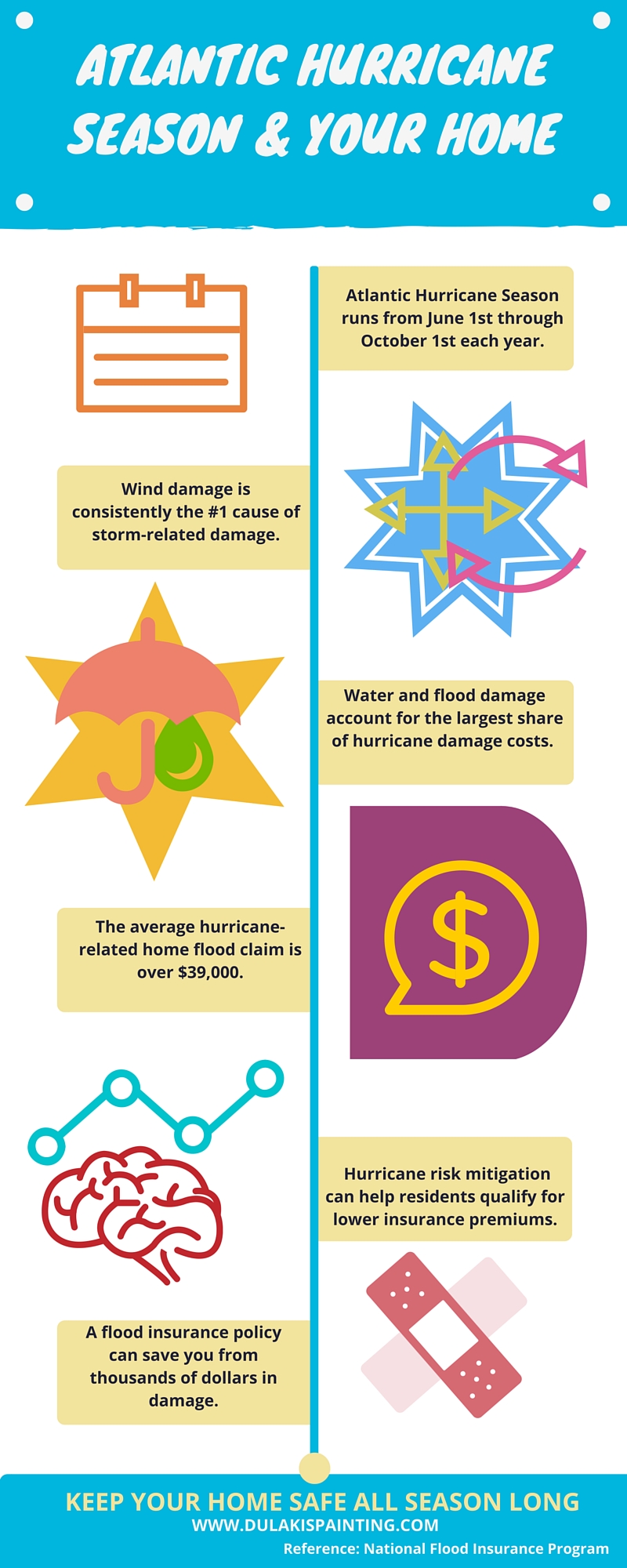The Success Of Your Commercial Exterior Painting Project Is Considerably Influenced By Weather-- Understand How It Can Identify The Result Of Your Initiatives
The Success Of Your Commercial Exterior Painting Project Is Considerably Influenced By Weather-- Understand How It Can Identify The Result Of Your Initiatives
Blog Article
Material By-Duke Dohn
When you're preparing an industrial outside paint project, don't ignore the influence of weather condition on your outcomes. You need to think about factors like temperature, moisture, and precipitation, as they can make or break your paint task. For example, did you know that suitable problems require certain temperature level varieties and humidity levels? Stopping working to check these elements can result in unequal finishes and even damages to fresh paint. Understanding these aspects is crucial to attaining a durable, professional outcome. So, what specific weather should you watch out for?
Temperature Considerations
When it involves business outside painting, temperature plays a vital role in the outcome of your task. If you're painting in severe warm, the paint can dry out also rapidly, leading to issues like inadequate bond and unequal finishes. You intend to go for temperatures between 50 ° F and 85 ° F for the best outcomes. Below 50 ° F, paint might not heal correctly, while over 85 ° F, you run the risk of blistering and fracturing.
Timing your project with the appropriate temperature levels is important. Begin your job early in the early morning or later in the afternoon when it's cooler, particularly during hot months.
Additionally, think about the surface area temperature; it can be significantly greater than the air temperature level, particularly on bright days. Use a surface thermometer to inspect this before you begin.
If temperatures are unpredictable, keep an eye on the weather prediction. Abrupt temperature declines or heat waves can thwart your strategies. You do not want to start painting just to have the problems change mid-project.
Moisture Degrees
Moisture levels considerably impact the success of your industrial external painting task. When the moisture is too expensive, it can prevent paint drying out and curing, bring about a variety of concerns like poor adhesion and end up top quality.
If you're intending a job during wet conditions, you might locate that the paint takes longer to completely dry, which can extend your task timeline and boost costs.
Alternatively, reduced humidity can likewise present difficulties. Paint might dry out as well promptly, stopping correct application and resulting in an unequal surface.
You'll intend to keep an eye on the humidity levels very closely to guarantee you're working within the ideal variety, commonly in between 40% and 70%.
To obtain the most effective outcomes, take into consideration utilizing a hygrometer to determine humidity prior to beginning your project.
If you discover the degrees are outside the ideal variety, you may require to change your schedule or select paints designed for variable problems.
Constantly consult arrowhead painting for certain referrals on moisture resistance.
Rainfall Effect
Rainfall or snow can dramatically disrupt your industrial outside painting strategies. When precipitation happens, it can get rid of freshly applied paint or produce an uneven finish. Ideally, you want to choose days with dry climate to make certain the paint sticks properly and treatments properly. If you're captured in a shower, it's finest to halt the project and await conditions to improve.
Moreover, snow can be a lot more detrimental. Not just does it develop a damp surface, however it can likewise lower temperature levels, making it difficult for paint to completely dry. This can cause concerns like peeling off or blistering down the line.
It's critical to check the weather prediction prior to beginning your task. If recommended site or snow is forecasted, take into consideration rescheduling.
Always keep in mind to allow adequate drying time in between coats, especially if the weather stays unpredictable.
Final thought
To conclude, watching on the climate is crucial for an effective industrial outside paint job. By keeping track of temperature, humidity, and precipitation, you can ensure the most effective problems for application and treating. Keep in mind to prepare your job around beneficial climate and constantly adhere to supplier standards. With the ideal method, you'll achieve a long-lasting, stunning coating that can hold up against the components. Do not let the climate catch you unsuspecting-- stay educated and paint clever!
